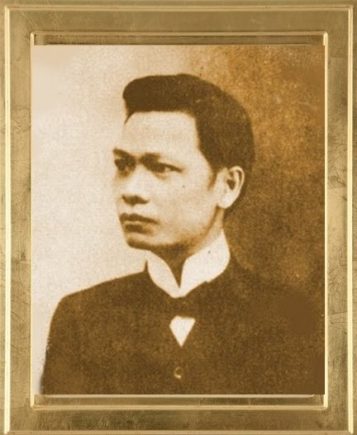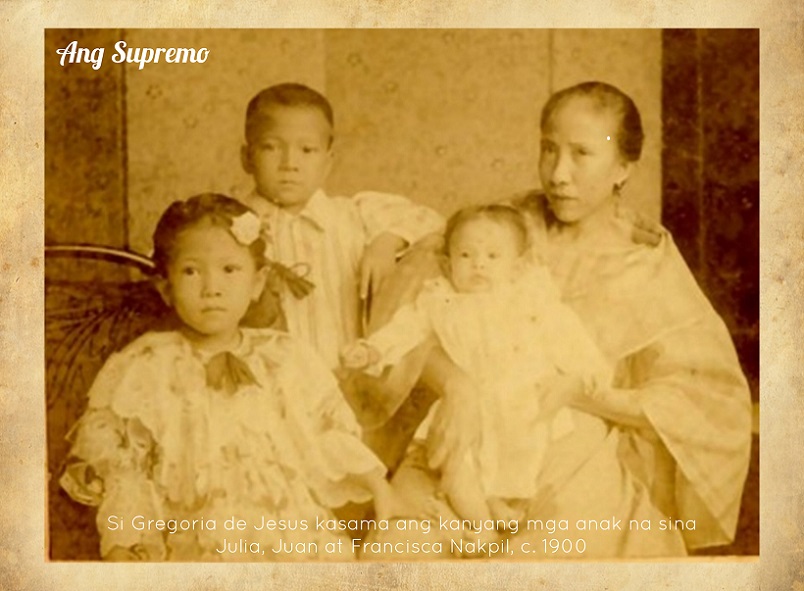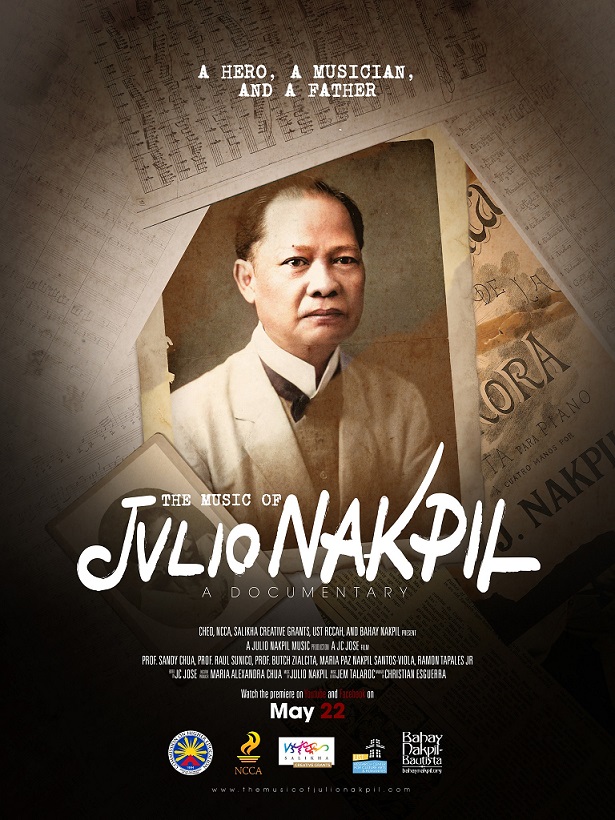On his 155th birth anniversary on May 22, a composer-patriot was honored with a documentary called “The Music of Julio Nakpil” courtesy of musicians of the University of Santo Tomas Conservatory of Music.

As his story unfolds, you hear samplings of music he had composed at various times in the history of the country.
Quite poignant was the rendition of Nakpil’s “Marangal na Dalit ng Katagalogan” as interpreted by Acapellago in the opening with arrangement by Joshua Cadelina.
The piece was most apt as it was recorded in the historic Bahay Nakpil in Quiapo.
Nakpil’s “Zefiro” was interpreted by pianist Raul Sunico and it was followed by analysis of some of the patriot’s piano works among them the “Kundiman,” “Pasig Pantayanin” and “Ilang-Ilang,” among others.
As narrators recall significant occasions in the history of the revolution in the country, you appreciate Nakpil’s “Amor Patria” which served as formidable backdrop as interpreted by Jasmin Salvo (soprano), Mari Angeli Nicholas (oboe) and Dingdong Fiel (piano).
Quite moving was the reprise of “Marangal Na Dalit Sa Katagalogan” as rendered by Coro Tomasino with Radnel Ofalsa, JC Jose and Dingdong Fiel on the piano.

The life and times of Nakpil were summed in his works (Salve Patria, Pahimakas, Victory March, Sueno Eterno) rendered by the UST Symphony Orchestra and the UST Symphonic Band
Those were intense times; those were perilous times. But in those times of living dangerously, composers were at their most inspired.
And patriots were born.
As the story of his musical life unfolded, you learn Nakpil was largely self-taught but still influenced by European composers.
Pianist Raul Sunico — speaking as a holder of doctor of music degree — noticed his pieces were almost Chopin-esque in structure referring to him as being influenced by the distinguished Polish composer.
As the recollections winded up, you learn the composer was largely self-taught.
The younger Nakpil found himself in demand playing piano music in Malacañang Palace during the time of Governor-General Eulogio Despujo.
(He was the same Despujo who ordered Rizal’s arrest when anti-friar pamphlets were found in the luggage of his sister Lucia who arrived with him from Hong Kong. This resulted in Rizal being deported to Dapitan.)
And so it came to pass that musician Julio Nakpil became the second husband of Gregoria de Jesus after the death of her first husband, Andres Bonifacio.

Indeed, Nakpil lived in that illustrious circle and found love during intense times of the revolution and found it in Bonifacio’s first wife.
In the documentary, Nakpil is fondly remembered by four grandchildren among them Fernando Zialcita, 78; Ramon Tapales, 87; Ramon “Mompe” Tapales, 87 and Ma. Paz “Bobbi” Santos-Viola, 74.
Those were memories of beetle-chewing grandpa and his constant visitors, memories of sadness as he rested on the house armchair as his last few years started to dawn on him.
Dr. Ma. Alexandra I. Chua, director of the Research Center for Culture, Arts and Humanities of the University of Santo Tomas, said the project started in April of 2018 when her research team started doing research on Nakpil’s life and music.
Editing of his music followed along with interviews with surviving family members.Research temporarily stopped during the first few months of the pandemic.
It was only last month that they wrapped formal interviews with less than two weeks to edit and score the documentary.
Chua admitted the documentary project started as an idea for a zarzuela production based on the story and music of Nakpil. “But with the pandemic, the team decided to produce a music documentary to narrate the story of this music intellectual marginalized and forgotten in Philippine music history. Collaborating with so many people, institutions, and agencies during this time is very challenging. But despite all the disappointments, issues, and challenges, we pushed on. We realized that despite the seemingly insurmountable problems, it can be done once you work together.”
The present generation may not know much about Nakpil but he is a contemporary of some heroes of consequence like Jose Rizal and Gregoria de Jesus with whom he had 8 children (only six lived a longer life).
One knows real people connected with the Nakpils.
Writer Carmen Guerrero Nakpil’s second marriage in 1950 was with architect and city planner Angel Nakpil who is the cousin of composer and patriot Juan Nakpil, son of Gregoria de Jesus by the composer.
The unfolding present is a constant assault on the senses.
Maybe the past can tell us something.
That artists and revolutionaries could make a strong stand and persevered with the country under constant siege from exploiters and colonizers.
(Dr. Ma. Alexandra I. Chua, head of the Julio Nakpil Music Project would like to thank Dr. David Urrows, Dr. Jose Buenconsejo, Dr. Raul Sunico, and Dr. Heminigildo Ranera and JC Jose who conceptualized, directed, and edited the documentary with Jem Talaroc doing the music scoring using Nakpil’s music. The Julio Nakpil Music Project is funded by the Commission on Higher Education- National Commission for Culture and the Arts SALIKHA Creative Grants implemented by the University of Santo Tomas Research Center for Culture, Arts and Humanities in cooperation with the Bahay Nakpil- Foundation, Inc.)
